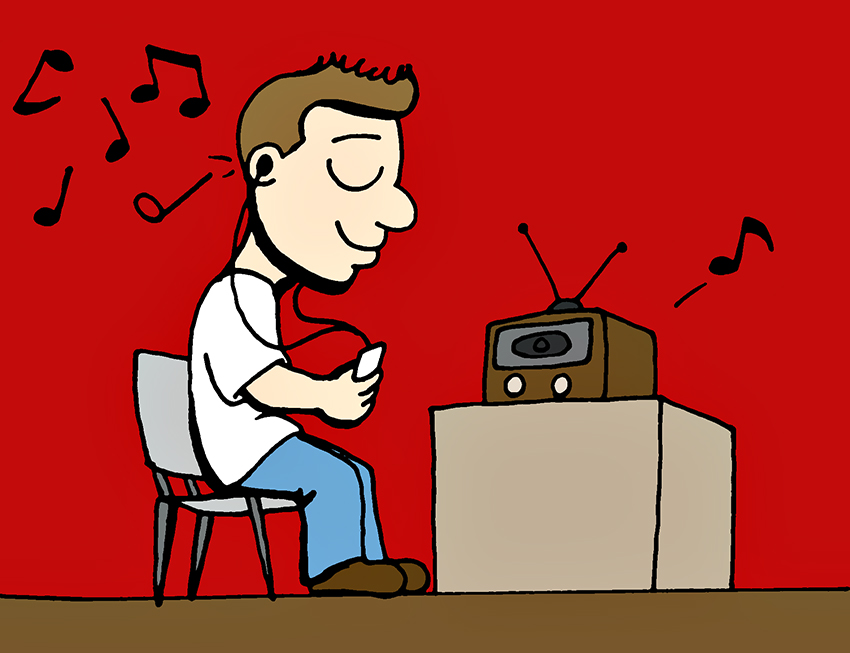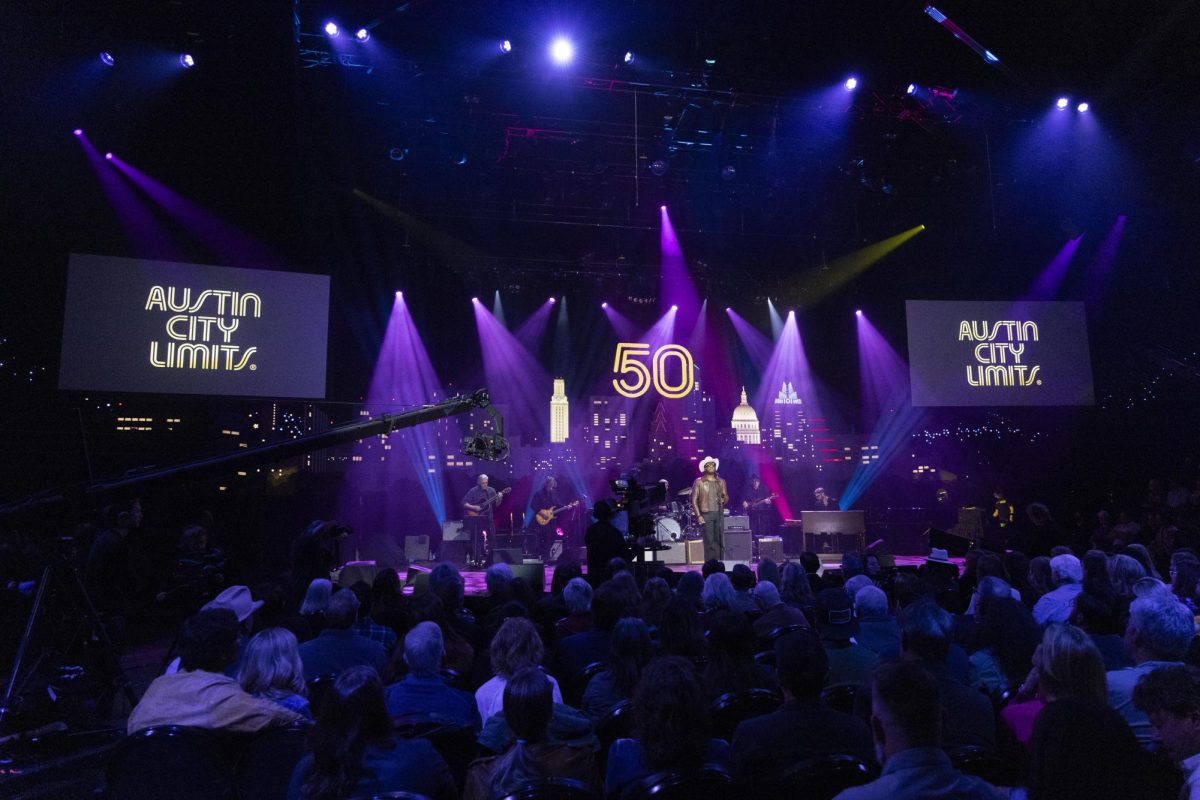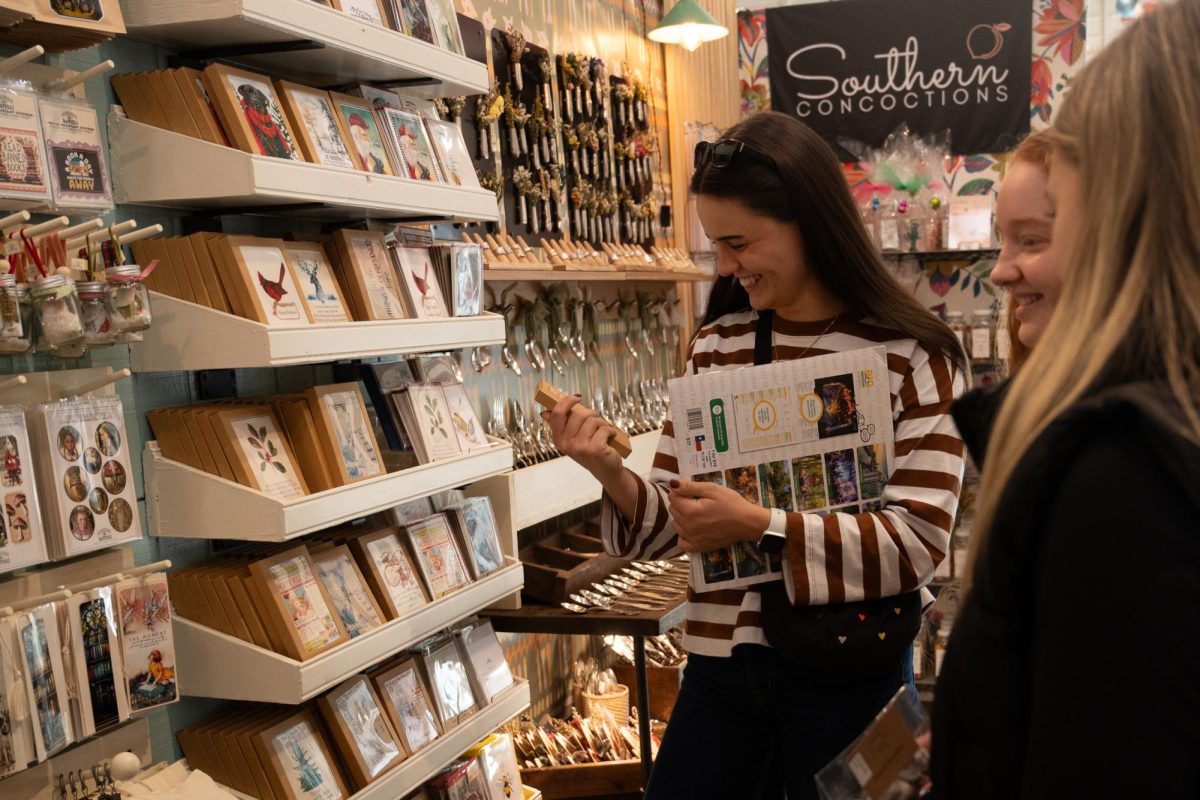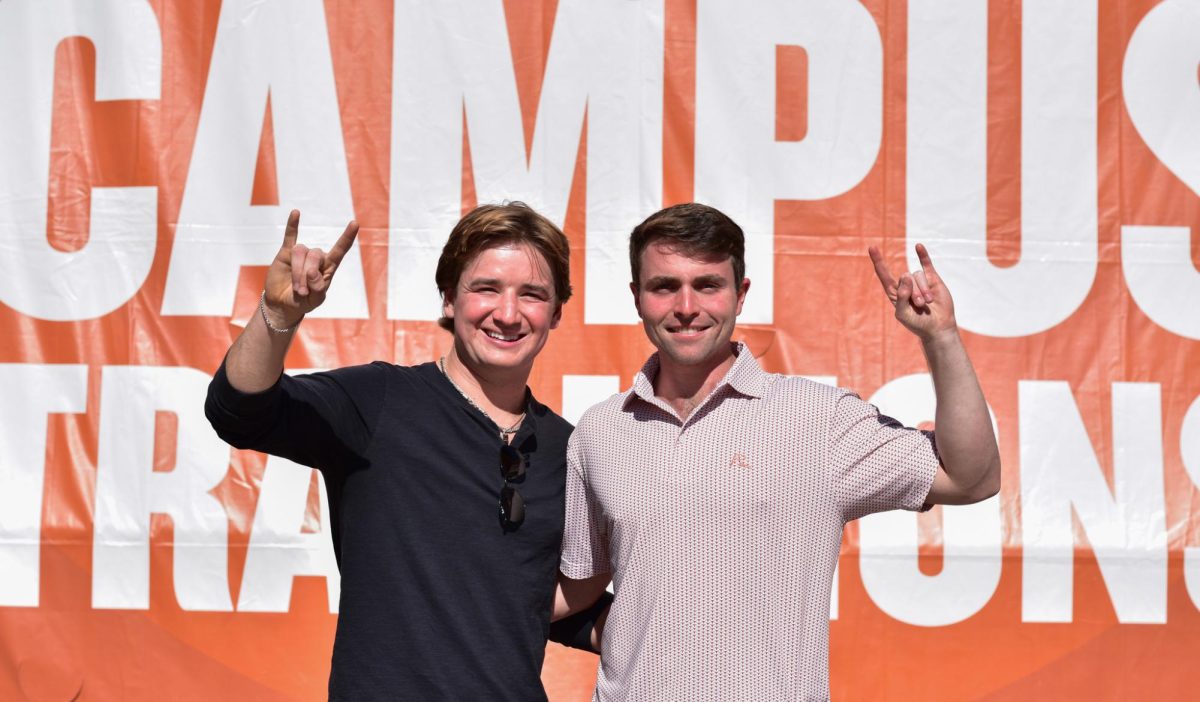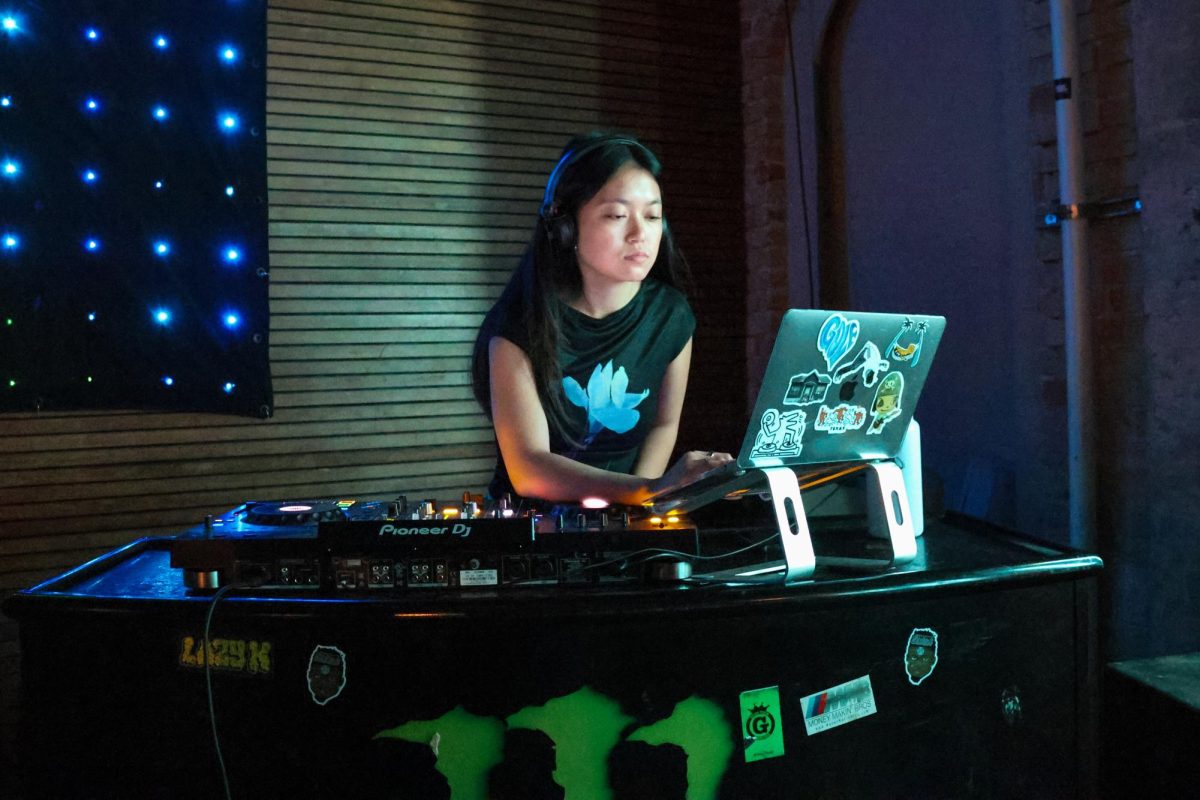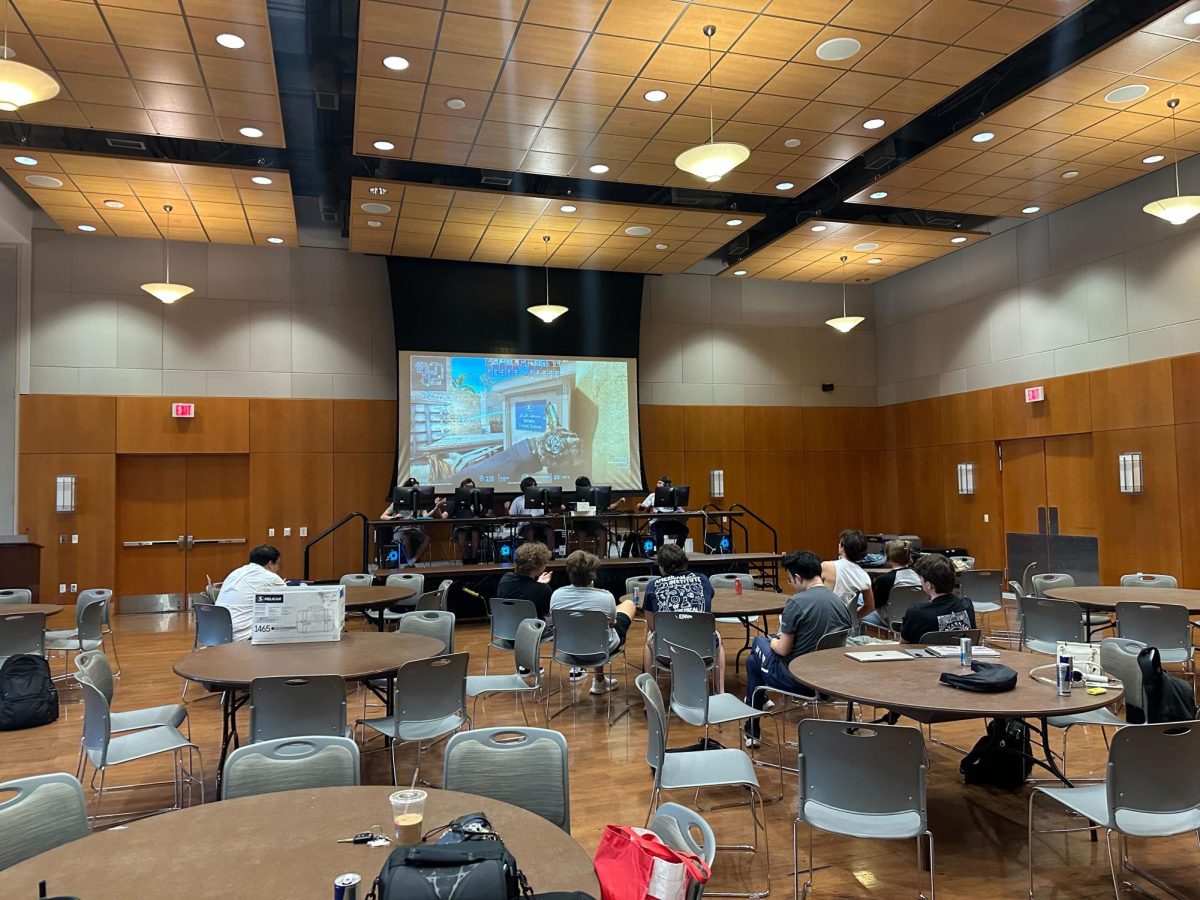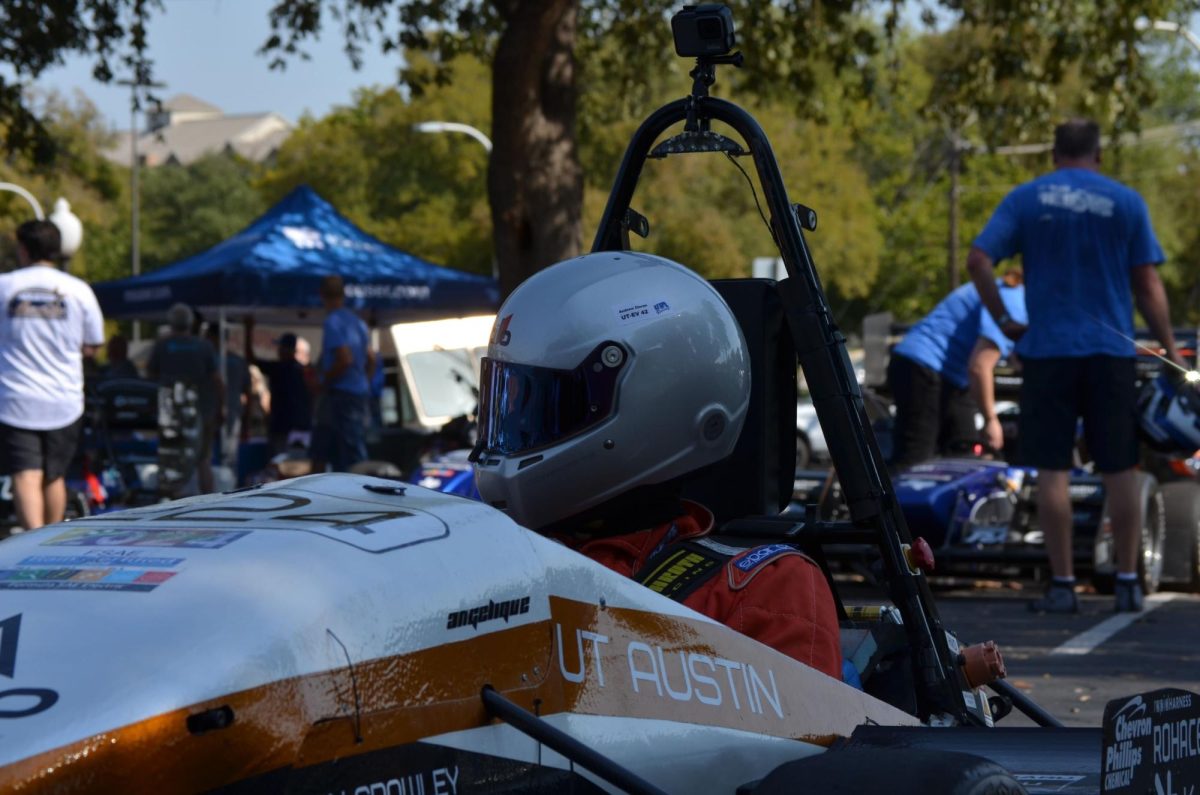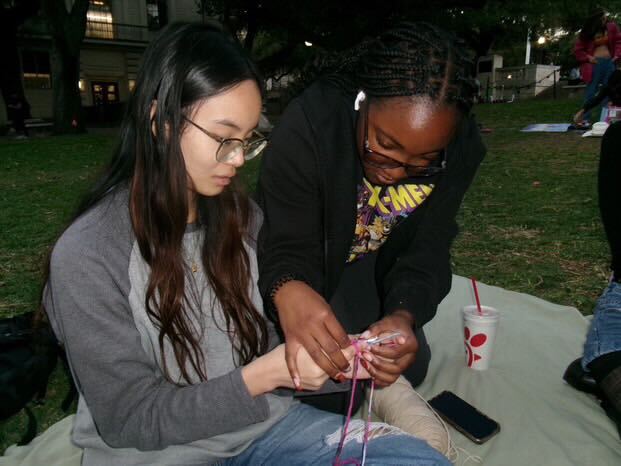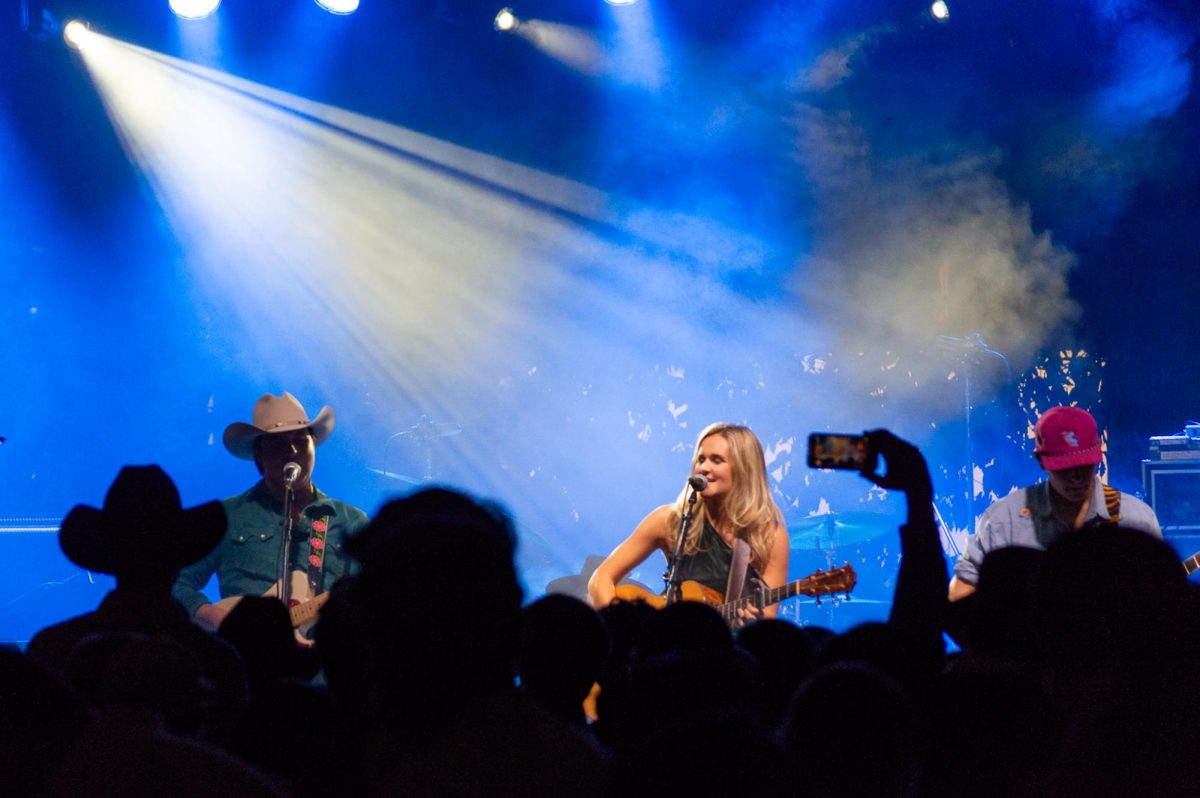From hip-hop to classic rock, talk shows to hard news, radio allows listeners to stay connected. But with new technologies adding competition to the generations old medium of communication, college students are tuning out all the noise.
KUT’s spokeswoman Erin Giesler said the demographic containing millennials, ages 18-34, is the one of the lowest listening demographics for radio. With 88 percent of men and 91.2 percent of women regularly tuning in, the numbers are the second lowest out of all demographics, higher only than the 12-17 age range.
Frankie Ruiz, 101X promotions director, said that the millennial demographic is not solely representative of college students — it includes young adults who are finding homes, buying cars, getting married and having families.
“I think college students have a ton on their plate,” Ruiz said. “Their schedule isn’t conducive to listening to the radio. Their routines aren’t in the car, which is where most of the listening occurs; it changes semester to semester.”
101X, in particular, is experiencing a shift in their listening demographics, with young adults creating a strict day-to-day schedule and spending more time in the car as they start on their professional careers, Ruiz said.
“One thing that has been the case since we are in our 21st year [at 101X] is that our audience has matured,” Ruiz said. “It’s no longer really college kids. We [the audience] were teenagers and in our early 20’s years ago, and now our audience is young professionals, spending rush hour in their cars, that’s who listens to the radio.”
In order to try to keep college students tuned in, many stations are trying to keep up by creating apps and hosting jam sessions or parties to connect with the younger crowd.
“We try to reach out to college students through our music, and hopefully the bands that we promote and support are within the wheelhouse of college students,” Ruiz said. “We do a monthly music series called Home Grown Live which is generally pretty cheap and is on locations close to campus.”
On campus, KUT 90.5 and KUTX 98.9 also create mediums for college students to interact with the radio world.
“At KUTX, we host the WinterJam, we are the sole radio sponsor to Fun Fun Fun fest, and we have had great success with the NPR1 app, where it combines local and national news for you,” Gielser said. “I think it’s important to be able to re-access or access on your time radio programs and we do that, like many radio stations, with podcasts and apps.”
Today’s youth is more apt to click on an app, rather than turn on the radio. According to 101X radio personality Jason Dick, that is mainly due to new venues to hear music.
“When we were kids, the radio was the only way you could listen free music, and that’s how you found out about new music and stuff like that,” Dick said. “I think that the radio still serves that role we just have way more competitors now with the Internet and all sorts of ways to learn about what’s cool and hip.”
When marketing toward a younger audience, Ruiz said college students are often passed over altogether.
“There is so much available to people that everyone should make more of an effort to make themselves apparent to everybody and anybody,” Ruiz said. “I would hope that college students are top of mind because they tend to be trend setters in the market and that is ultimately what is going to shape everything.”

